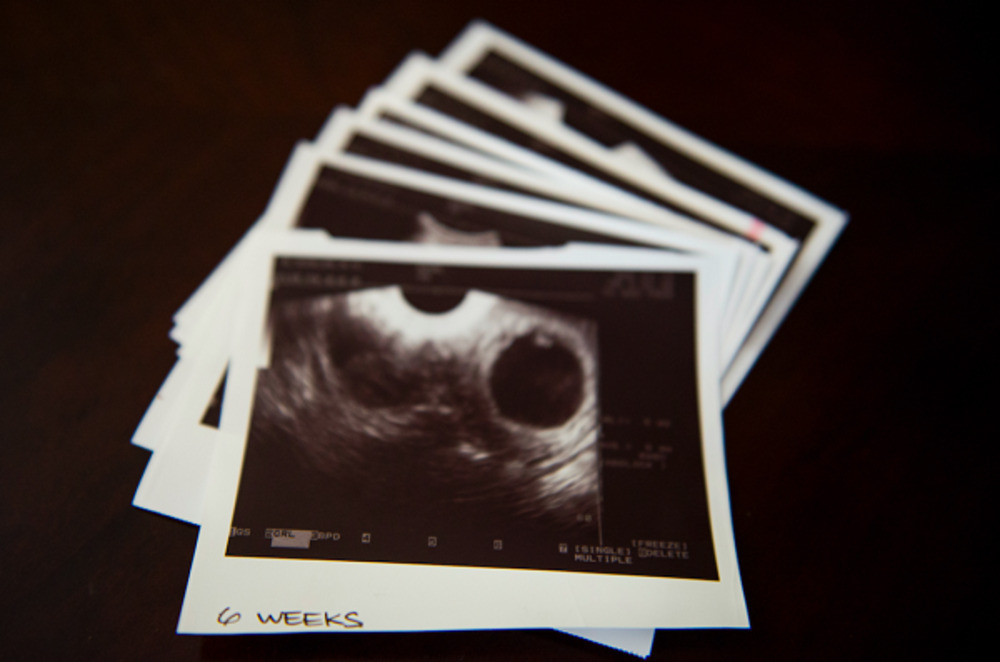
You’ve spent countless hours trying to conceive – perhaps the traditional route before researching fertility treatment, followed by a rigorous round of lab work, ultrasounds, injections, and finally an egg retrieval. Or perhaps you went through the lengthy process of identifying an egg donor so that you could create embryos for transfer.
After such a deep investment – not just money and time, but also emotion – the desire is understandably strong to have the best possible outcome. If an intended parent is known to have a genetic abnormality – or even if they don’t – preimplantation genetic testing (PGT) can provide a bit more security.
For many, PGT is the final step before implantation. In fact, it may soon become as common as in vitro fertilization (IVF) itself.
What is Preimplantation Genetic Testing?
Preimplantation genetic diagnosis (PGD) refers to testing specifically when one or both parents are known to have a genetic abnormality, while Preimplantation genetic screening (PGS) refers to the screening of embryos for general chromosomal issues.
The American Society for Reproductive Medicine (ASRM) states, “techniques are constantly evolving and changing to be more accurate, easier to run, and give more information.” The terminology is changing, too. According to The International Glossary on Infertility and Fertility Care, all testing will be referred to as Preimplantation Genetic Testing (PGT). What has been called PGD is technically now PGT-M, and what was PGS is now PGT-A (aneuploidies) or PGT-SR (structural rearrangements).
As ASRM points out, all women will have some eggs that are chromosomally abnormal, and all men will have some sperm that are chromosomally abnormal. Age and health history can have an impact, so the technique is used to identify genetic defects in an embryo that was created through IVF.
Rather than waiting for diagnostic tests such as amniocentesis or chorionic villus sampling during pregnancy, certain abnormalities and disorders can be detected within the cells before the embryo is ever transferred into the uterus.
How does PGD/PGS work?
While the first known embryo biopsy was performed on a rabbit back in 1968, it was honed for human use in the United Kingdom in the 1980s. Today, the process is even more streamlined:
Using egg and sperm, embryos are created in the IVF lab and allowed to grow, typically for about 3 to 5 days. During this time, at least one cell is removed from each embryo and sent for testing.
The cellular DNA is tested for abnormalities, the final results of which may take about a week.
The embryos with abnormalities are usually discarded, while the others are either transferred or frozen for later use.
Who is PGD/PGS for?
While anyone can choose to utilize the technology for any reason, it may be more highly recommended under certain circumstances. According to the American Pregnancy Association, these may include:
- Carriers of sex-linked genetic disorders
- Carriers of single gene disorders
- Those with chromosomal disorders
- Women age 35 and over
- Women experiencing recurrent pregnancy loss
- Women with more than one failed fertility treatment
PGD/PGS pros and cons
With the technology available, there are many pros to consider:
- More than 100 different genetic conditions can be screened for.
- It is performed before implantation, which means intended parents can make an informed decision about continuing to attempt a pregnancy.
- The results can help doctors determine the best future treatment protocol, such as utilizing donor egg or sperm.
Still, there are preimplantation genetic diagnosis risks. Several cons include:
- Testing reduces the risk that the fetus has a genetic disorder, but it cannot completely eliminate the possibility.
- Additional testing may still be required during the pregnancy to confirm certain genetic factors or abnormalities.
- It is an added cost. Many wonder how much does it cost for PGD, and the testing generally runs anywhere from $1000-$5000.
The American Pregnancy Association also points out that PGT can be used for gender selection, and that it may be considered an ethical concern. If this is something you are considering, it’s important to have the conversation with your reproductive endocrinologist; some clinics will not perform PGT for the purposes of gender selection alone.
Utilizing assisted reproductive technology to build your family can feel overwhelming, but it doesn’t have to be. With two decades of experience behind us, we’re adept at guiding intended parents through even the most complex new technology so that they have a greater chance of bringing their baby home.